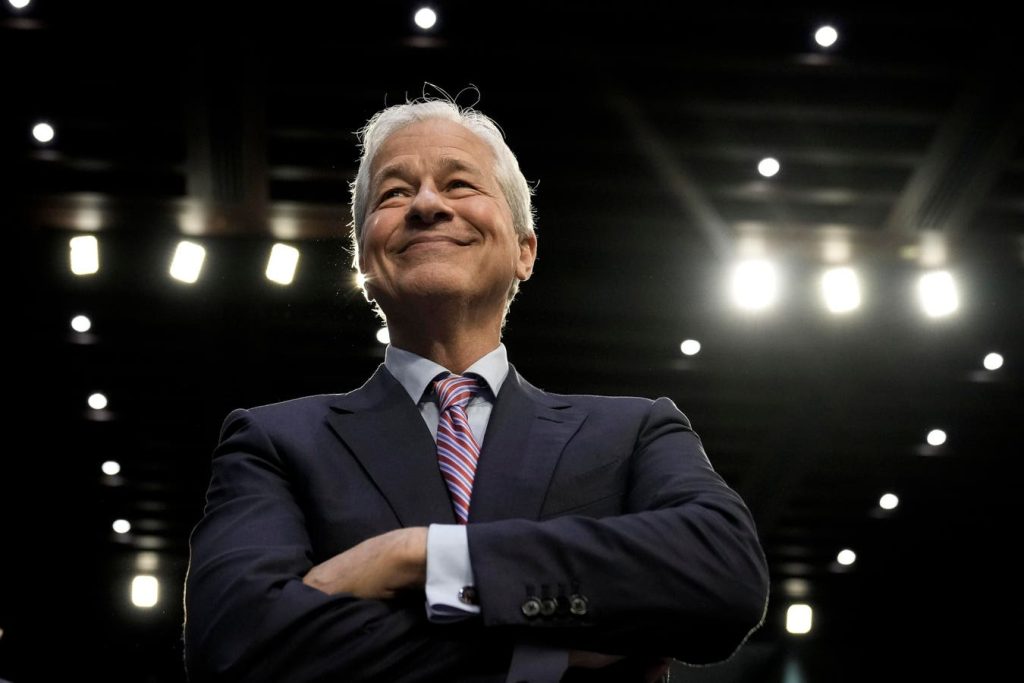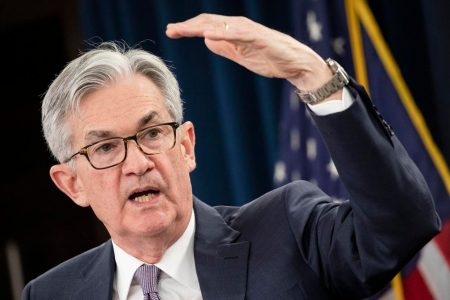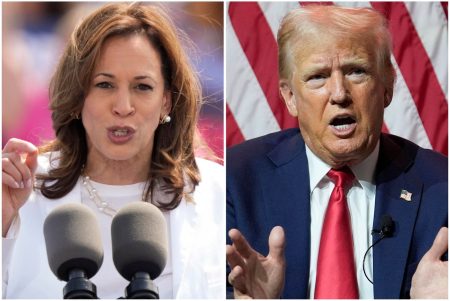By the start of 2024, bankers were cautiously settling down after the dramatic failures of a string of regional banks, including Silicon Valley Bank and First Republic, last spring. That was until New York Community Bank got their hearts pumping again.
NYCB was perceived as one of few winners coming out of the banking crisis when it acquired the failed Signature Bank – a deal which moved it into a category of more highly regulated banks as its assets surpassed $100 billion. Just one year later, it announced a harsh cut to its dividend as it bowed to regulatory pressure to increase cash reserves to offset its substantial commercial real estate portfolio. NYCB shares plunged 38% in a single day before it received $1 billion worth of equity capital from investors including former US Treasury Secretary Steven Mnuchin’s Liberty Strategic Capital, Hudson Bay Capital and Reverence Capital Partners. The tumult caused NYCB to drop more than 500 spots to 1,464th on this year’s Global 2000 list ranking the world’s largest public companies.
“New York Community Bank picked at the scab of last year’s failures and flared up the concerns again about liquidity, deposits and CRE [commercial real estate] concentration,” Chris McGratty, head of U.S. bank research at KBW, said.
Despite the NYCB aftershock, banks and other financial firms continue to be among the strongest performers in Forbes’ Global 2000. In 2024, there are more than 300 banks on the ranking, with American and Chinese banks making up half of the top 10.
JPMorgan Chase returns to the top spot overall in 2024 after rising from fourth place two years ago on the back of its acquisition of First Republic out of insolvency. It has $4 trillion in assets. Bank of America rose one place to the No.5 spot with $3.3 trillion in assets. The Industrial and Commercial Bank of China, which has $6.6 trillion in assets, fell to the No. 4 spot from No. 3 last year. Two other Chinese banks ranked in the top ten: China Construction Bank ($5.4 trillion in assets) and Agricultural Bank of China ($5.8 trillion in assets).
There are seven American banks among the top 50. Bank of America moved to the No. 5 spot from No. 6 last year with $3.3 trillion in assets; Wells Fargo ($1.9 trillion assets) jumped one spot to No. 16; Citigroup ($2.4 trillion assets) fell to No. 28 from No. 24 last year; Goldman Sachs ($1.7 trillion assets) surpassed Morgan Stanley, climbing to the No. 23 spot from No. 33 last year; and Morgan Stanley ($1.2 trillion assets) jumped to No. 26 from No. 30 in 2023. One of the biggest winners among U.S. banks was North Carolina’s First Citizens Bank, which rose from 816th to 376th after doubling in size when it bought Silicon Valley Bank last year. Family run First Citizens has assets of more than $200 billion.
While American banks are well represented at the top, investors still aren’t entirely convinced of smaller banks’ strength. At the time of writing, the S&P 500 is up 14% year-to-date, while the SPDR S&P Regional Banking ETF (KRE
SPDR S&P Regional Banking ETF
The dragging stocks may be the result of an uncertain regulatory outlook for 2024. Still pending is the Basel III Endgame proposal which could take a bite out of large banks’ income statements by requiring them to hold more money, instead of lending it out, for example, to protect against potential losses. Despite several delays, the Basel rules are expected to be finalized this year and begin to take effect in 2025.
“Now, most of it is geared to the biggest banks, $100 billion-plus, but there’s ramifications across the system,” KBW’s McGratty says. “If a bank is approaching $100 billion in assets, the market is already starting to assume, ‘Hey, at some point you’re going to be 100, therefore you’re going to be forced to comply, therefore we’re going to assume the worst today.’ There’s a domino effect by asset size.”
Outside of the U.S. and China, British firm HSBC Holdings overtook France’s BNP Paribas as the top European bank with $3 trillion in assets. Despite losing ground to HSBC, BNP Paribas rose one spot to No. 32 from the No. 33 spot last year. Spain’s Santander rose to No. 36, up from No. 49 in 2024. Mitsubishi UFJ Financial reclaimed its position ahead of Sumitomo Mitsui Financial as Japan’s largest bank with assets surpassing $2 trillion, taking the No. 39 spot, up from No.91 last year. Sumitomo Mitsui Financial Group also rose 22 spots to No. 63.
In total there are 315 banks on the 2024 Global 2000 list, up from 302 last year.
Forbes compiled the Global 2000 list using data from FactSet Research to screen for the biggest public companies in four metrics: sales, profits, assets and market value. The market value calculations use closing prices as of May 17, 2024 and include all common shares outstanding.
MORE FROM FORBES
Read the full article here












